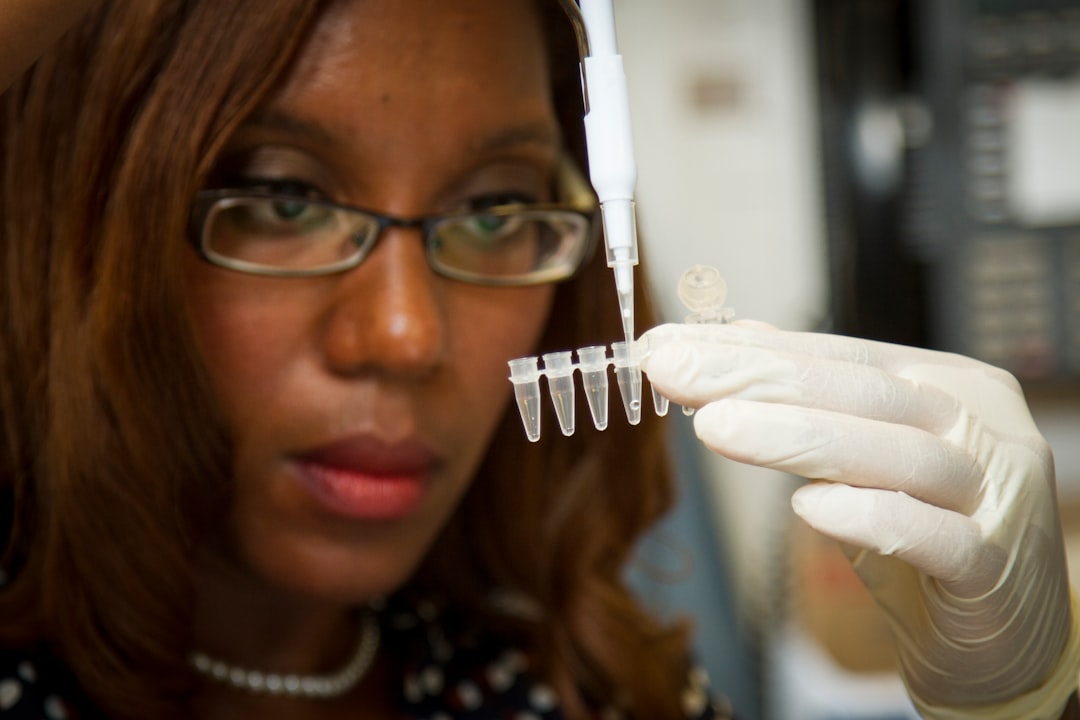What is it about?
In human mesenchymal stem cells (hMSCs), sorting out a target subpopulation from the others is very important to increase the effectiveness of cell-based therapy. In this paper, we performed flow-based sorting of hMSCs by using optimally designed microfluidic-chips based on the hydrodynamic filtration (HDF) principle. The microfluidic-chip has main, side, and multiple branch channels, where each channel is divided and connected to three outlets for trimodal separation of hMSCs as small, medium, and large groups.
Featured Image

Photo by ANIRUDH on Unsplash
Why is it important?
Our microfluidic-chip was designed with the parameters rigorously determined by the complete analysis of laminar flow and complicated networks of main and multi-branched channels for hMSCs sorting. This opens the possibility of sorting stem cells rapidly with high multipotency without damage. Over 86% recovery was achieved for each population of cells with complete purity in small cells.
Perspectives
The recovery and purity of hMSCs estimated to validate our designed microfluidic-chip appeared to have better results compared with those previously reported for blood cells and liver cells. Our method could continuously and rapidly fractionate the three subpopulations of hMSCs by analyzing the surface marker expressions of cells from each outlet, suggesting its potential application to flow cytometry.
Prof. Dr. Myung-Suk Chun
Korea Institute of Science and Technology
Read the Original
This page is a summary of: Sorting of human mesenchymal stem cells by applying optimally designed microfluidic chip filtration, The Analyst, January 2015, Royal Society of Chemistry,
DOI: 10.1039/c4an01430h.
You can read the full text:
Contributors
The following have contributed to this page










